INTRODUCTION
Utilising ambient recordings can be one of the most effective ways to build immersion and a sense of place within a project. Whether it’s the subtle hum of a city street, the distant rustle of trees, or the eerie stillness of an empty room, ambiences help glue scenes together and also aids in placing the audience within a specific situation or space. Although incredibly useful, incorrect usage of ambiences can also draw your audience away from a specific scene or moment, leaving the viewer to feel detached or lose their focus. In this guide, we’ll walk you through the process of how to record ambiences, the gear you'll need, and practical techniques to help you capture high-quality atmospheric sounds, whether you're a filmmaker, game dev, or aspiring sound designer.

WHAT ARE AMBIENCES & WHY RECORD THEM?
Ambiences (also known as backgrounds or environmental sounds) refer to the subtle, often unnoticeable sonic textures that define a space. Unlike Foley or SFX, ambient sounds don’t draw attention to themselves, they create context. Think of wind gently moving through leaves, a quiet hum in a cafe, distant traffic muffled by fog, or even the dense low end rumble of being situated in a volcanic environment.
Recording your own ambiences gives your work a sense of real-world authenticity and emotional depth. Libraries are useful, but nothing beats the tailored feel of capturing exactly what your scene needs, on your own terms.
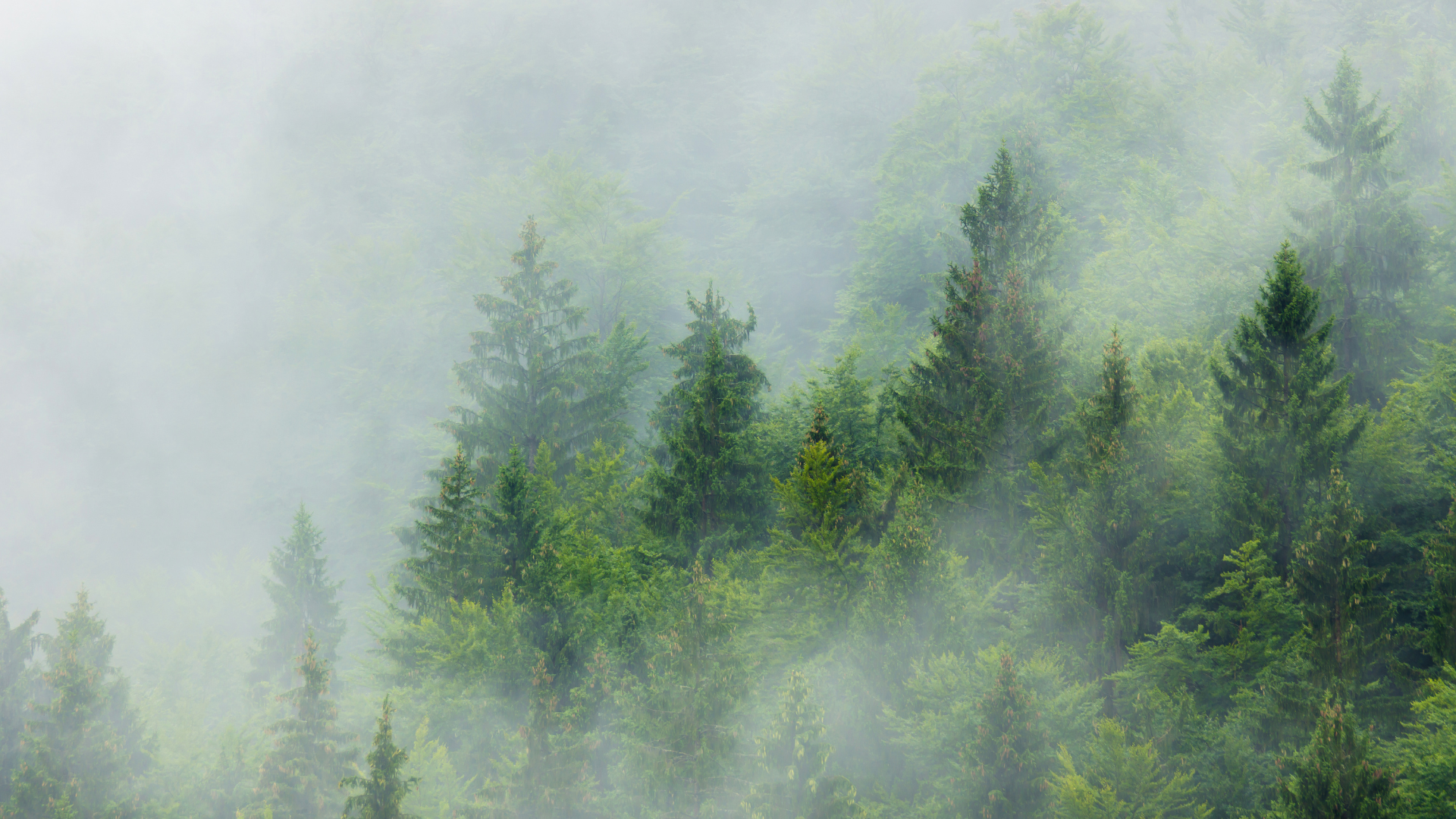
WHEN AND WHERE TO RECORD AMBIENCES
Ambiences can be recorded anywhere, but timing and location play a huge part in making sure that your recording is successful. Early mornings can be useful in capturing natural bed ambiences such as the raw tone of a residential street, this is due to less cars and people being on the roads. You will soon come to realise that field recorders are a powerful tool, and possess the capability to capture even the faintest of sounds from a large distance away, so if you don't intend to have other elements such as traffic, pedestrians and construction within your recording, then we highly recommend to record at a time of day when everyone is resting and asleep, such as early mornings or very late nights.
Recording at nighttime offers a completely different sonic character, and the natural ambience of day and night sound very different from one another. This is due to air temperature at a specific time of day. At night, the air near the ground tends to be cooler than the air above it, creating what’s known as a temperature inversion. During the day, the air is usually warmer near the surface and cooler higher up.
- At night: The cooler surface air causes sound waves to bend back toward the ground (downward refraction), making them travel farther and seem louder in some cases.
- During the day: Sound waves bend upward into the atmosphere (upward refraction), often dispersing sound more quickly and reducing how far it carries.
Common places for field recordists to explore:
- Urban Streets, Towns, Cities, Villages
- Alleyways, Factories, Train & Bus Stations
- Cafe’s, Restaurants, Pubs, Offices, Public Buildings
- Inside Vehicles, Motorways & Highways, Tunnels
- Forests, Caves, Mountainous areas.
Remember to always keep in mind how weather, time, and human activity affect the mood and noise profile of a location when recording your own ambiences.
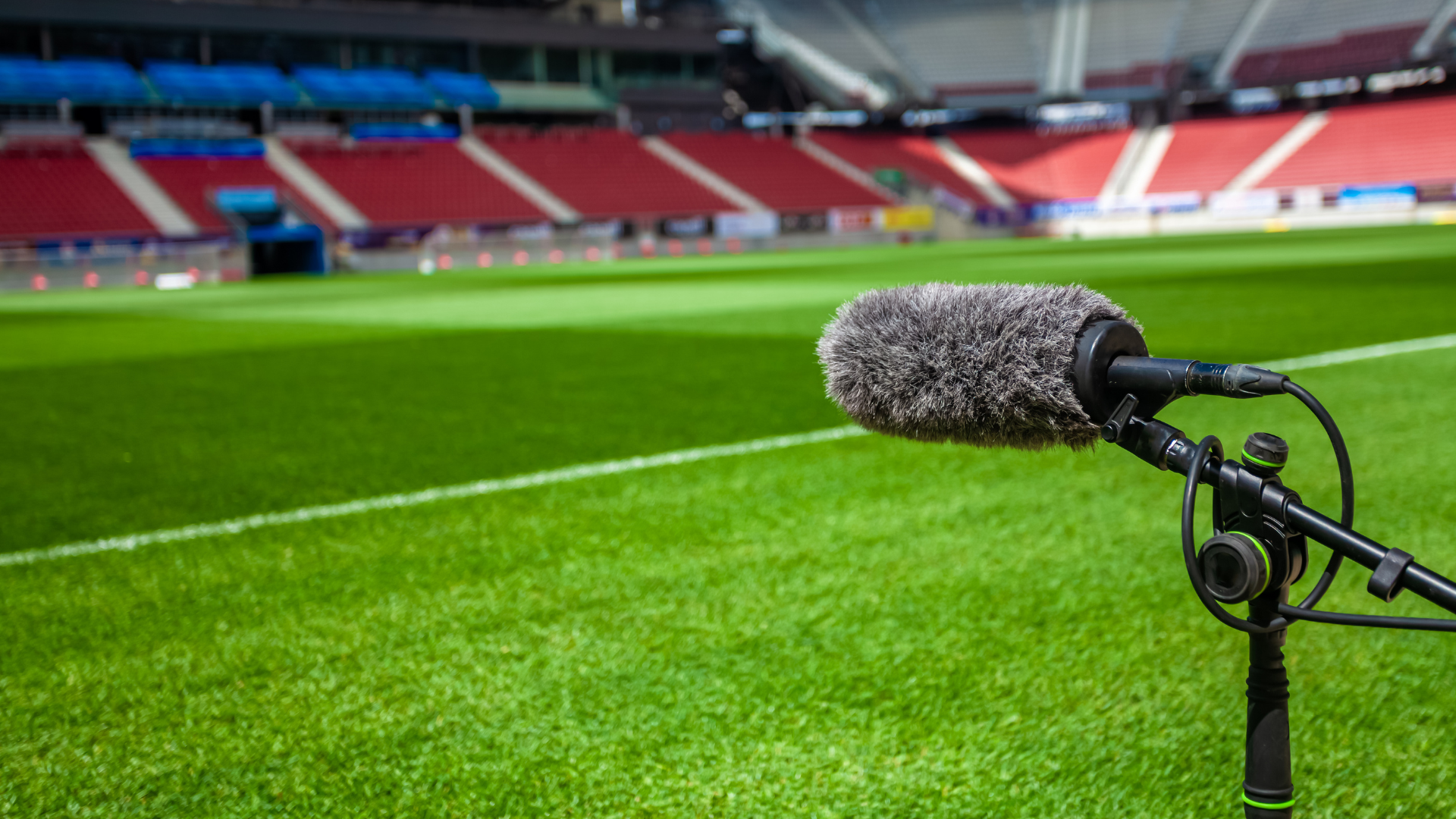
RECOMMENDED RECORDING GEAR
When learning how to record ambiences, you will find that you don’t need a high-end studio setup to capture a great ambience, but having the right tools makes a big difference in both the quality of your recordings and the ease of your workflow. Whether you're new to field recording or working professionally, a well-prepared kit helps you capture clean, immersive audio in any environment.
Field Recorders
A reliable field recorder is the foundation of your setup. These portable devices combine preamps, storage, and monitoring in one convenient package. Here are some trusted options:
- Zoom H5 / H6 – Versatile, affordable, and beginner-friendly. Comes with interchangeable mic capsules and multiple inputs for expanding your rig.
- Zoom F6 – A step up for professionals, featuring 32-bit float recording, which is great for dynamic ambiences that may include unpredictable volume shifts.
- Tascam DR-40X / DR-100MKIII – Solid alternatives with dual-recording safety tracks and high-quality stereo capture.
When choosing a recorder, aim for 24-bit/96kHz audio quality or higher to preserve the full dynamic range of environmental recordings.
Microphones
Many field recorders come with built-in stereo microphones, which are great for starting out. However, external microphones often offer better fidelity, stereo imaging, and directionality.
- Stereo Mic Pairs – Ideal for natural ambience with a wide stereo field. Matched pairs provide realistic spatial positioning.
- Ambisonic Microphones – For 360-degree capture, consider mics like the Zoom H3-VR or Rode NT-SF1. Great for VR/AR content or spatial design.
- Shotgun Mics – Useful when you want to isolate specific elements within an ambient scene (like birds or distant traffic), especially in noisy environments.
Accessories
Don’t overlook the small tools that make a big difference in the field:
- Wind Protection – A must-have for outdoor recording. Use furry windshields (“dead cats”) or blimps to reduce wind rumble.
- Tripods or Stands – Helps eliminate handling noise and lets you leave the recorder in place to capture natural ambience over time.
- Headphones – Closed-back headphones allow you to monitor recordings in real-time and catch unwanted noise before it's too late.
- Extra Batteries & SD Cards – Ambient recording often involves long takes, so always come prepared with backups.
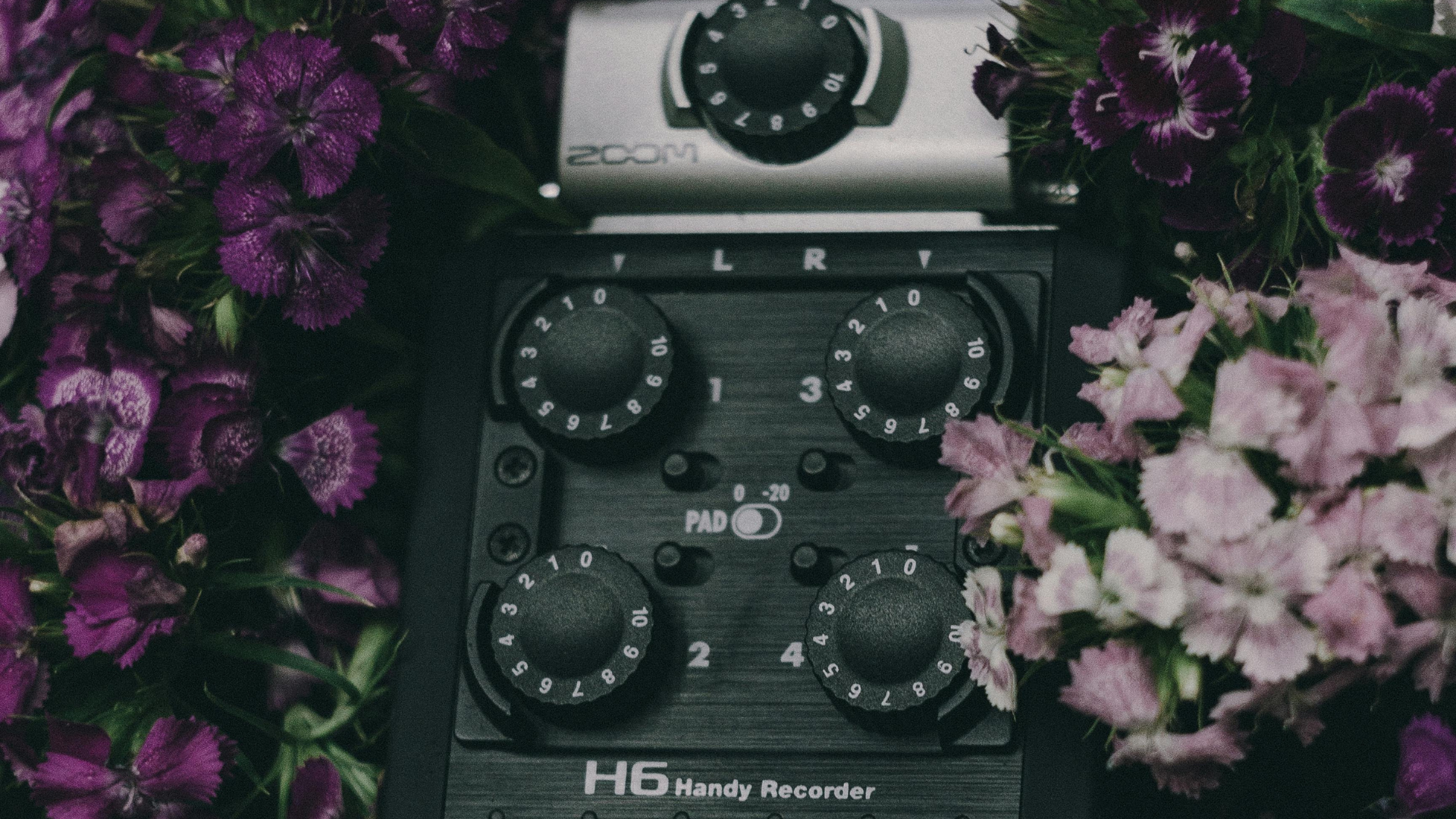
Recording Techniques
Recording your own ambiences isn’t just about pressing record, it’s about stopping yourself in the moment, listening actively, understanding your environment, and making thoughtful decisions about where, when, and how to record. Here are some essential techniques to help you get the best results when recording ambient sound.
Give It Time
Ambient recordings need time to evolve. Instead of short takes, aim to record 5 to 10 minute clips, or even longer. This allows the natural rhythm of the environment to unfold, such as distant dogs barking, shifting wind, and the occasional car passing, all of which contribute to a more believable and usable soundscape in post-production. Recording for longer also gives you access to more content should it be needed, for example you may be recording a town centre ambience, but upon review you hear a distant drill humming in the background which you didn't notice within the moment of recording, having more content to choose from allows you to make cuts in the editing process, while still having enough audio to produce a full and finished ambient recording.
Mind Your Mic Placement
Your microphone’s position will dramatically affect the texture and spatial quality of your recording. For natural stereo recordings:
- Avoid standing too close to reflective surfaces (like walls or concrete floors) that can cause unwanted echoes or reverberation.
- If possible avoid standing too close to the mic set up to avoid any human noises being included in the recording, such as mouth movements, breathing, swallowing, coughs, body movements etc. If using a handle grip that is attached to your recording device, just be conscious about making any of the noises that we just mentioned.
- Use a mic stand or tripod whenever possible to eliminate handling noise, especially during long takes.
- When recording an environmental ambience don't stand too close to a specific sound source, for example if you are trying to capture a city recording, don't stand directly next to loud vehicles or constant traffic, try to record in a more isolated location such as on top of a small building or a rooftop car park.
- When recording room ambiences, try to consider recording in multiple positions to capture different sound reflections within the room. Also try to record a multitude of different room types such as small rooms, large rooms, kitchens, bathrooms, etc, as each space possesses its own sonic identity that an audience member will pick up on if not utilised correctly.
Maintaining control over your signal-to-noise ratio is essential when recording ambiences. For louder environments, use a lower gain setting to prevent clipping, but be careful not to lower it so much that you miss important sonic details. On the other hand, quieter ambiences often require higher gain, which increases the risk of capturing unwanted background noise, peaks, or mic self-noise. Striking the right balance takes practice when learning how to record ambiences, and over time, you’ll develop a feel for how to adjust levels based on the dynamics of the space you're recording in.
Remember to reference what you are listening to with headphones that are connected to your recording device so that you can hear exactly what your mic is capturing.
TIP: Try this workaround for windy locations: if strong gusts are overloading your recorder even with a windshield, move indoors to a parked vehicle. Place the mic or recorder on the center console (or dash) and crack the windows halfway (adjust as needed). The car body blocks direct wind blasts while still letting exterior ambience and air movement reach the mic. Just be sure the engine and fans are off to keep the noise floor low.
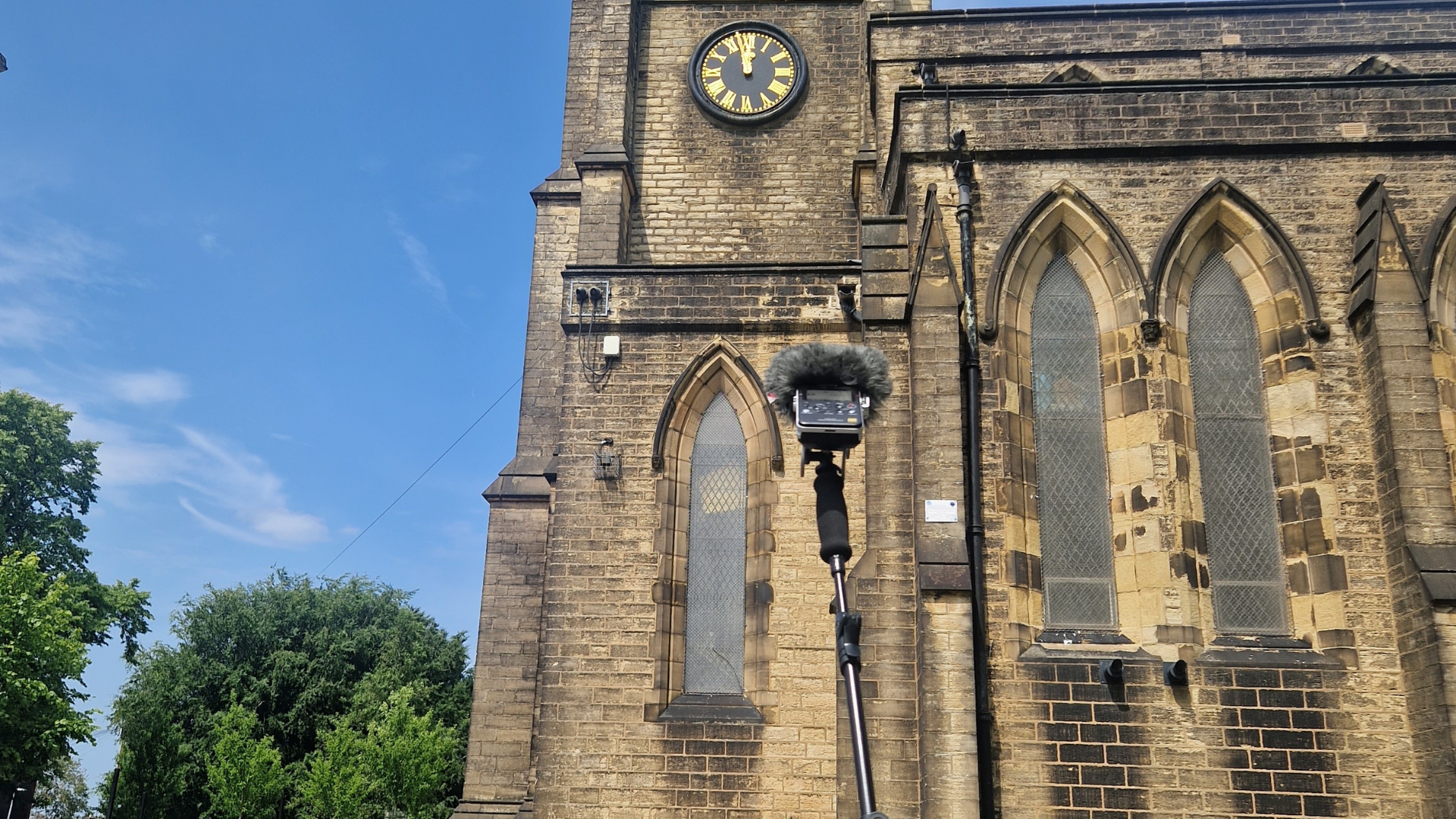
Creative Applications & Layering
While ambient recordings are often used to create natural, realistic environments, they can also be a powerful creative tool. Layering different ambience tracks, such as blending distant traffic with birdsong, or pairing light wind with subtle mechanical hums, can help you build textured, emotionally rich soundscapes that guide the listener’s experience without drawing attention to themselves.
You can also experiment with EQ, reverb, or pitch-shifting to subtly alter the tone and mood of your recordings. Stretching or slowing down a gentle breeze, for example, can make a scene feel dreamlike or surreal. Combining real-world ambiences with synthetic elements or processed textures can also be effective, especially in genres like sci-fi, horror, or fantasy where environments are imagined rather than real.
Ultimately, ambience isn’t just background, when used creatively, it becomes a storytelling tool in its own right.
Organising Your Ambience Library
Learning how to record ambiences is a long process, but as you progress and your collection of recordings grows, staying organised becomes crucial, especially if you plan to reuse your sounds across projects or build a professional sound library. Start by giving each file a clear, descriptive name that includes key details like the location, time of day, and type of environment. For example: Forest_Evening_Birds_Rain_24bit96k.wav
It’s also helpful to include technical info, such as bit depth and sample rate, in your naming or folder structure, and to group files by environment (e.g., urban, natural, interior).
Consider tagging or embedding metadata using formats like UCS (Universal Category System), which makes your files easier to search and categorize, especially helpful if you're sharing or collaborating with other sound designers.
Staying consistent with naming and archiving not only saves time during production, but also ensures your recordings remain accessible, professional, and ready to use at a moment’s notice.
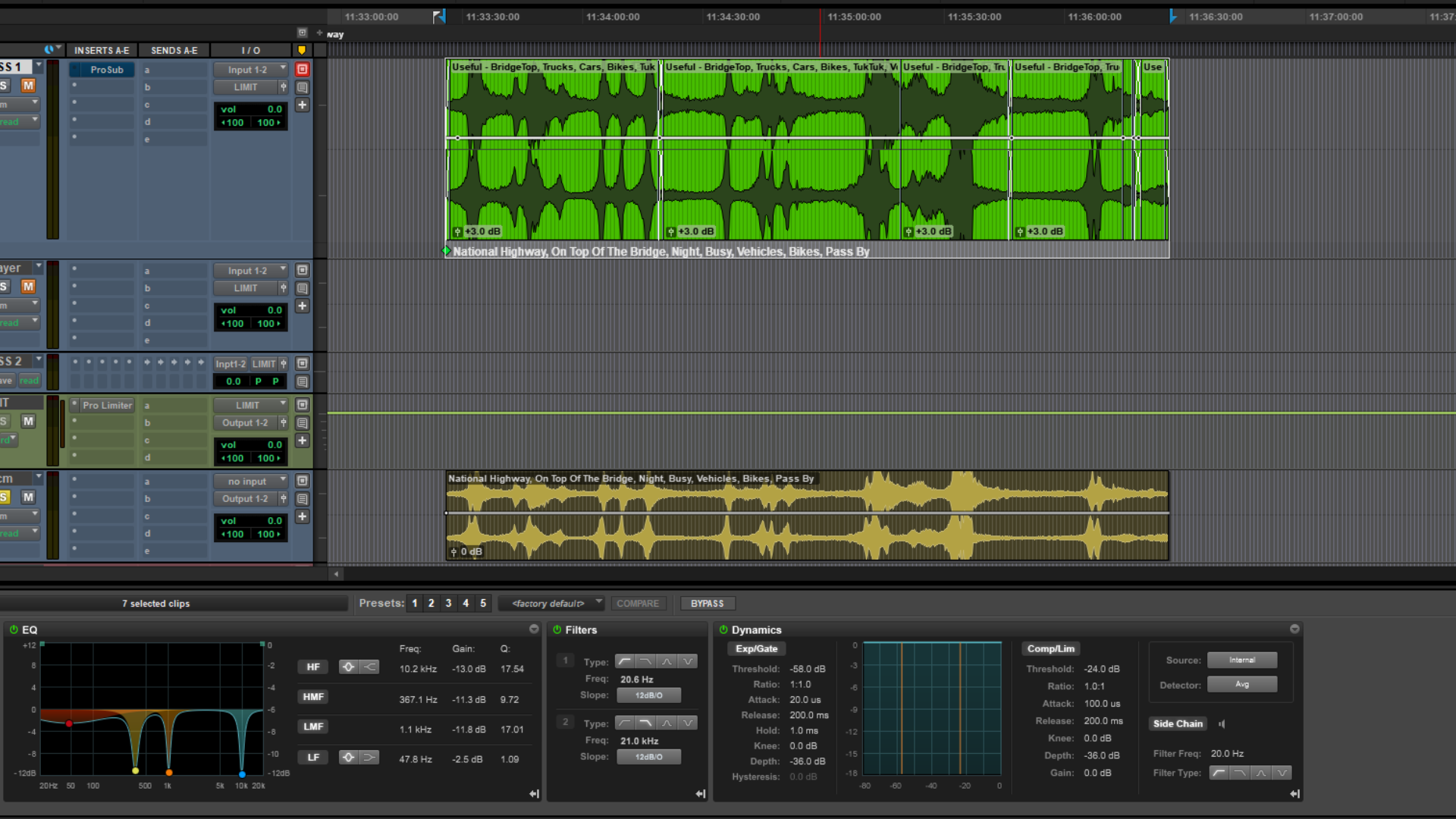
Conclusion
Recording ambiences is one of the most rewarding aspects of sound design. It teaches you to slow down, listen deeply, and appreciate the subtle sonic details that shape the world around us. Whether you’re capturing the buzz of a city at rush hour or the quiet stillness of a remote forest, ambient sound has the power to ground your scenes in reality, or take them somewhere entirely new.
So grab your recorder, head outside (or inside), and start exploring. With every take, you'll sharpen your ear, expand your library, and uncover new layers of creative possibility.
Purchase Ambiences With 344 Sound Effects
If you're looking for high-quality, ready-made ambiences to drop straight into your projects, without the time and effort of recording and editing yourself, be sure to check out our UK Ambiences and World Ambiences SFX bundles. Available on our product page (or via the links below), these collections offer a rich variety of authentic environmental recordings.
The UK Ambiences bundle features sounds from across the country, including cities like Manchester and London (above and below ground), as well as coastal locations such as Blackpool and Bournemouth. Meanwhile, World Ambiences delivers recordings from 14 countries across the globe, including the U.S.A., Brazil, Macao, Hong Kong, Japan, India, Spain, Greece, Bulgaria, and many more, giving you a diverse set of atmospheres to work with, wherever your story is set. Click the links or product images below for more information.
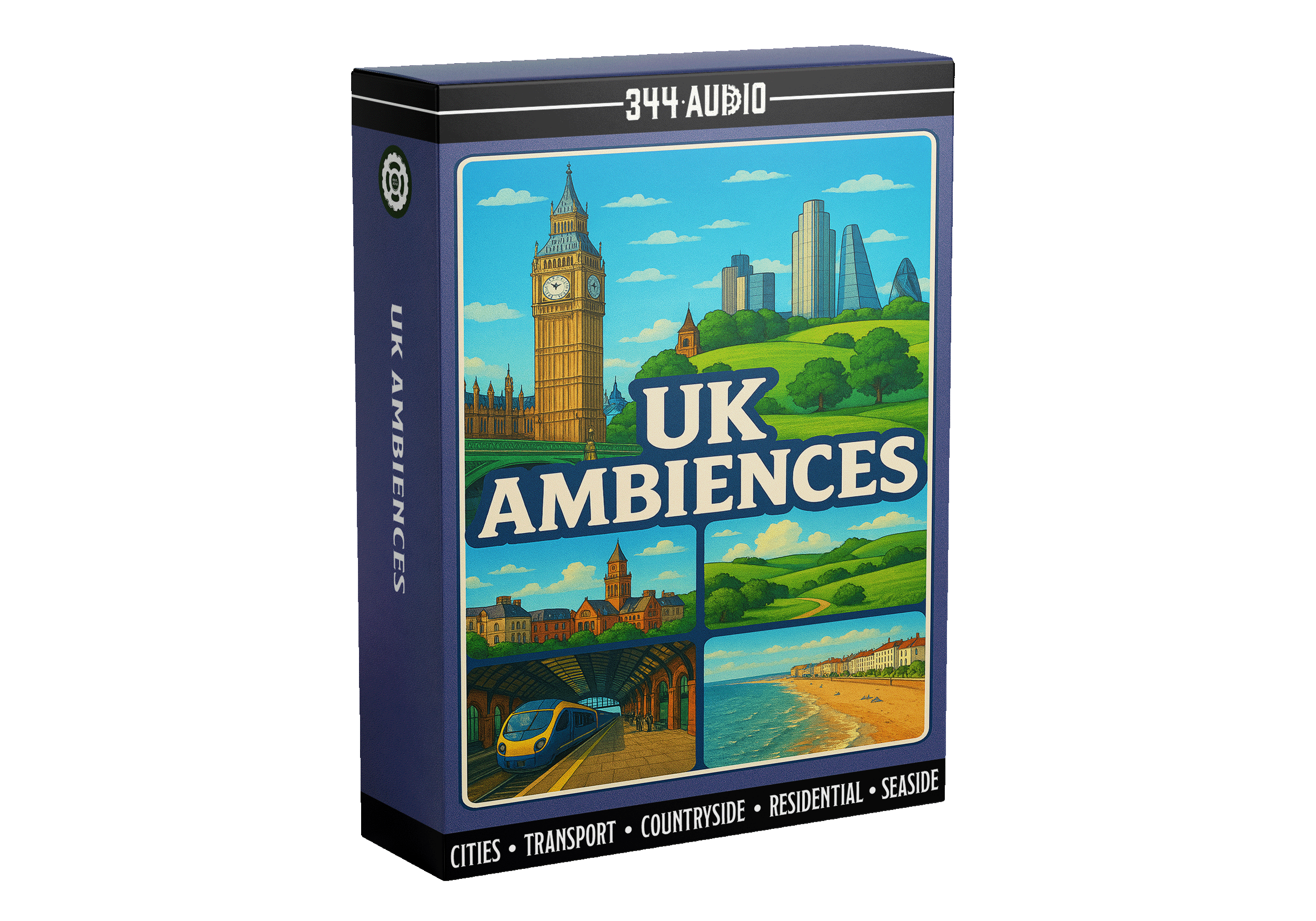
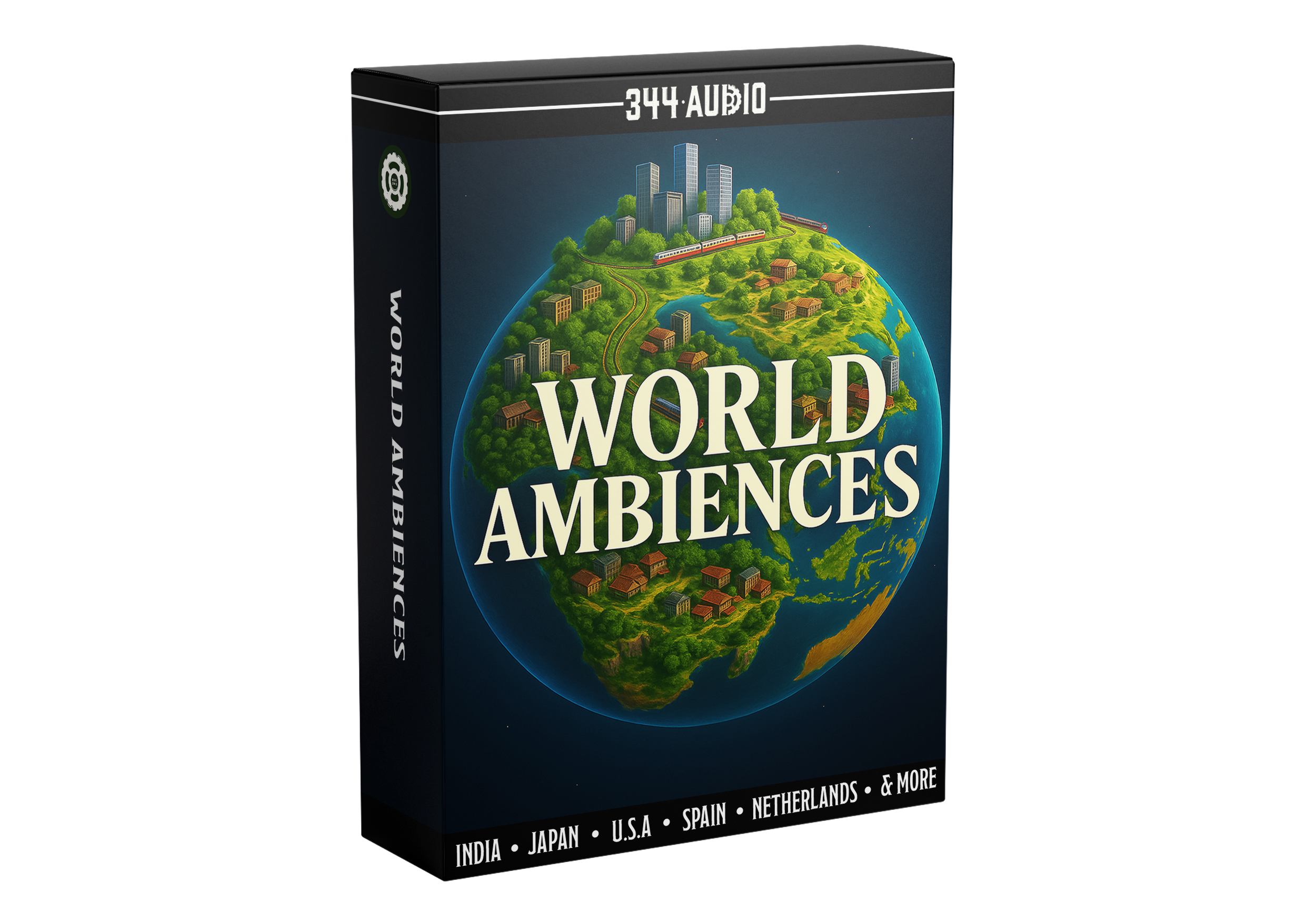


.png)








